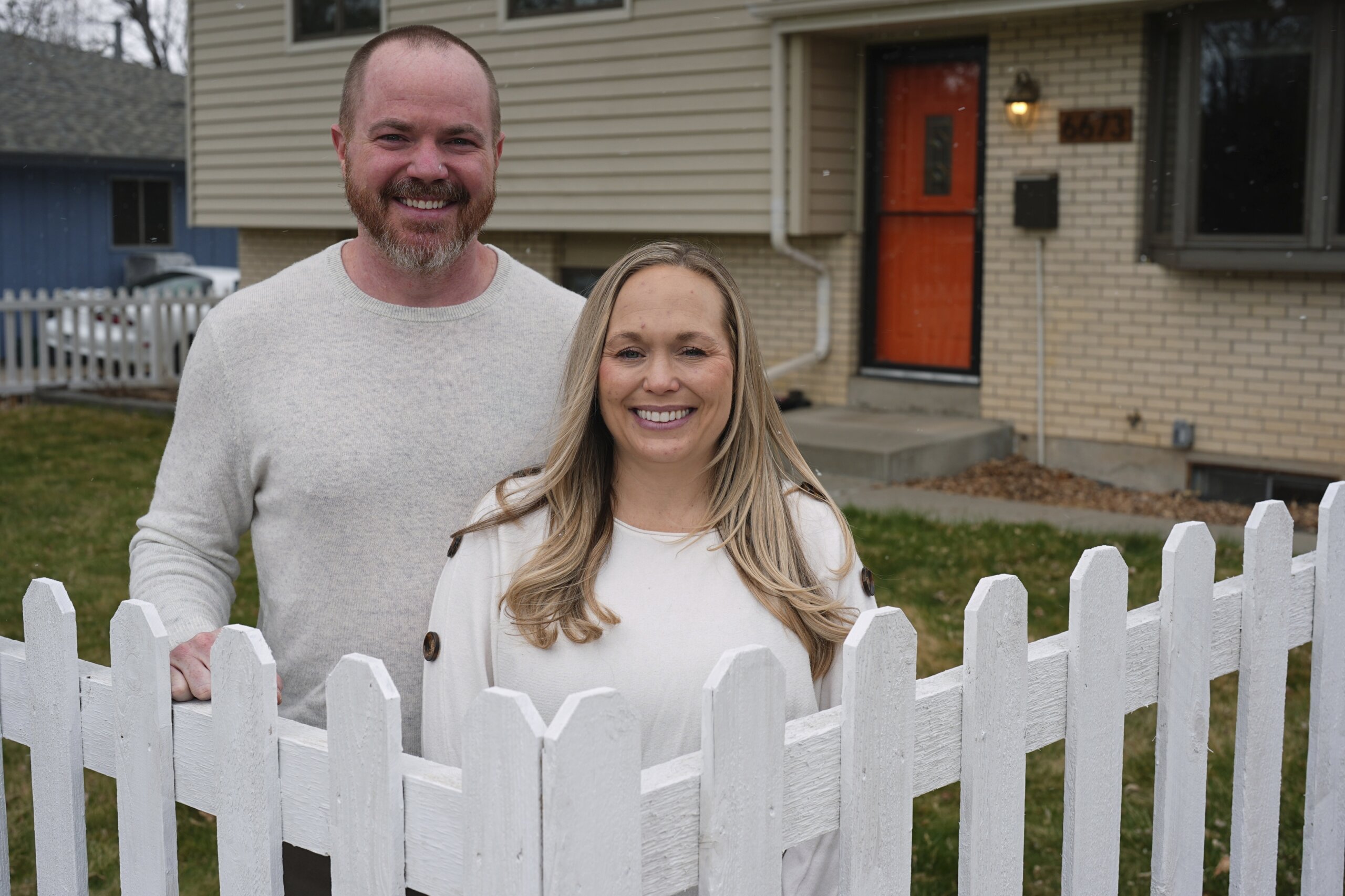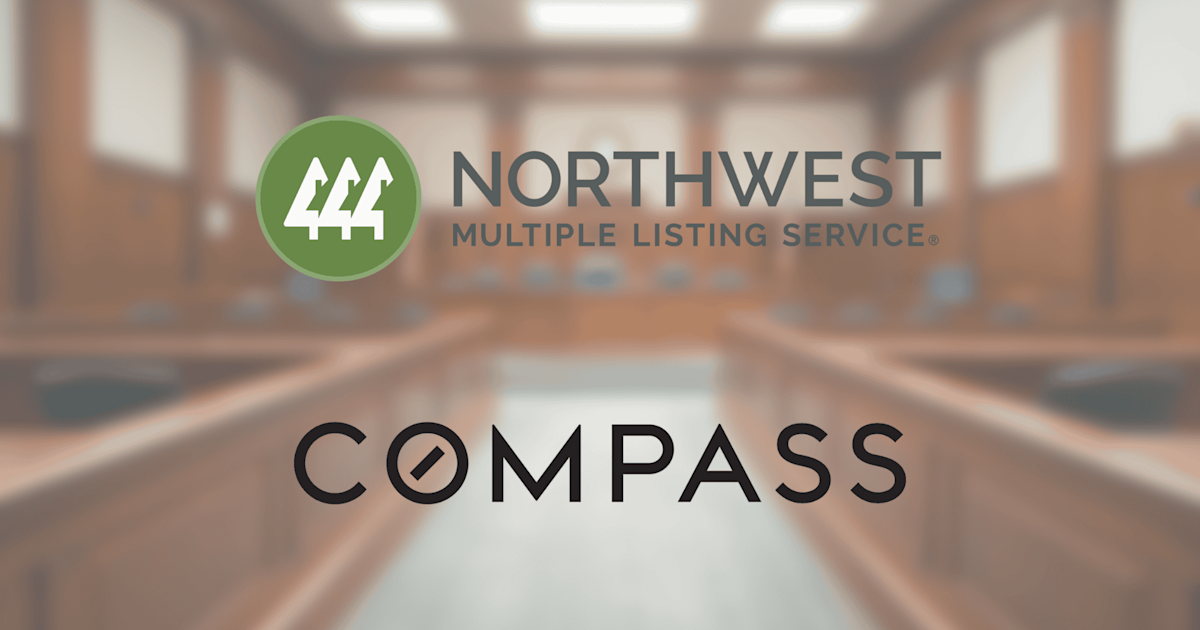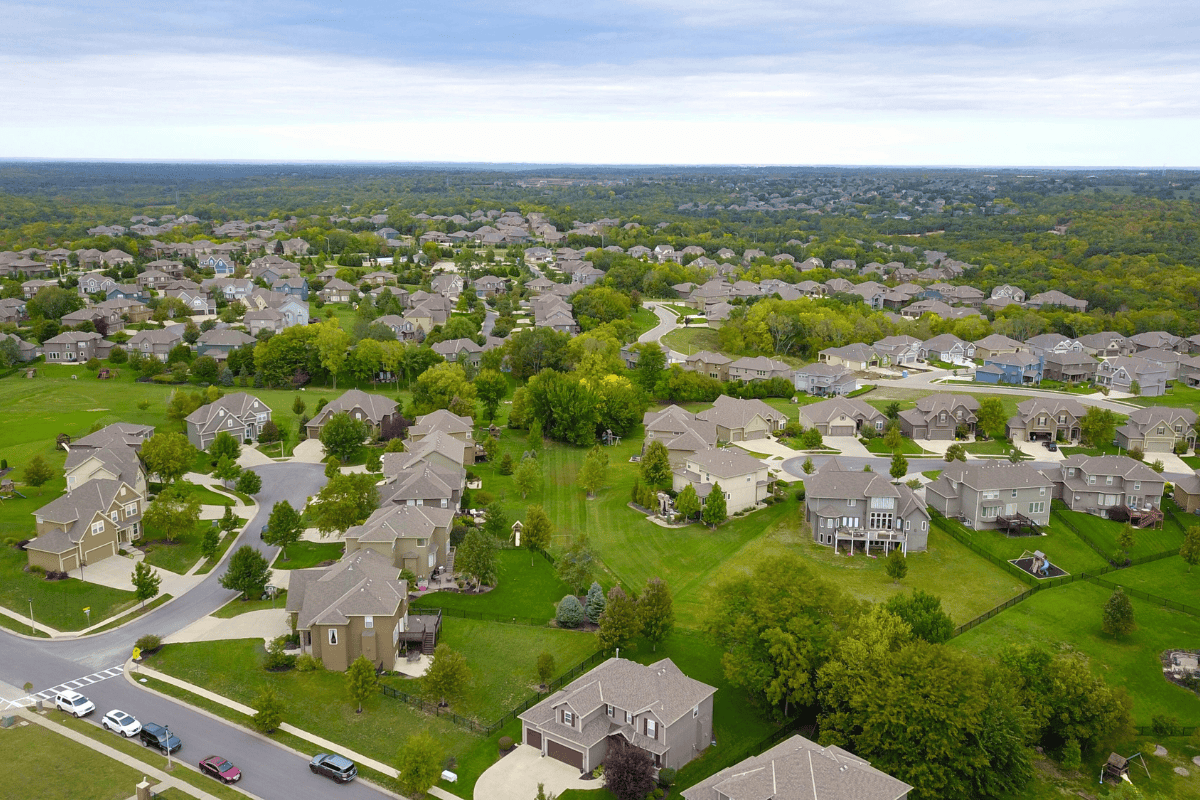T
his spring's homebuying season is poised to be a more favorable time for buyers, but only if they can afford it. The housing market has been shifting in their favor, with prices rising at a slower pace and mortgage rates easing.
A surge in active listings nationwide - up 28.5% from last year - has given buyers more options. In many major cities, including San Diego, Las Vegas, Atlanta, and Washington D.C., listings have jumped by as much as 44% to 68%. This increased inventory is a welcome change for buyers who've been navigating a predominantly seller's market in recent years.
As homes linger on the market longer, prices are starting to drop. The median listing price fell last month from a year earlier in most of the nation's top 50 metro areas, with some cities seeing declines of over 6%. This trend should give buyers more leverage when negotiating with sellers this spring.
"It's not a buyer's market yet, but it's definitely more balanced than it has been," said Joel Berner, senior economist at Realtor.com. "Buyers are in a better position to make deals."
For Ryan Vasko and his wife Whitney, the shift in the market was a welcome change. They sold their Portland home for $505,000 - $10,000 below their asking price - and then found a new home in Denver that had been on the market for just three weeks. The seller agreed to cover part of their mortgage costs, giving them some wiggle room.
The Vaskos' experience is not unique. With more homes available and prices dropping, buyers are starting to get concessions from sellers. Some are even waiving home inspections or paying closing costs.
However, the housing market remains a challenge for many Americans, particularly first-time buyers who don't have the financial resources to compete. Home price growth has slowed, but it's still up 47% over the last five years. And while listings are increasing, there are still too few homes on the market to meet demand.
As of January, a household earning the median U.S. income would need to spend nearly half their income just to cover mortgage payments on a home at the median price. That's considered unaffordable by many experts.
If mortgage rates continue to decline, it could boost buyers' purchasing power and make homes more affordable. But with tariffs and trade tensions escalating, it's unclear whether that will happen. Economists are predicting mortgage rates will stay around 6.5% this year, but a sharp drop in the 10-year Treasury yield last week suggests lower rates may be on the horizon.
Ultimately, the housing market remains a complex and uncertain place for buyers. While some trends are shifting in their favor, affordability and job security remain major concerns.














